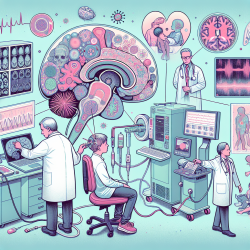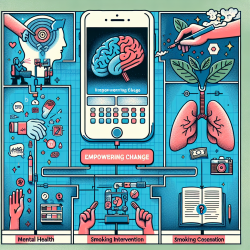Introduction
Vaccination is a critical component of public health, particularly for vulnerable populations such as sheltered adolescents. A recent study titled "Relationship Between Vaccination Status and Biopsychosocial Characteristics in Sheltered Adolescents" sheds light on the immunization gaps within this group and offers valuable insights for practitioners seeking to improve health outcomes.
Key Findings from the Study
The study analyzed 440 clinical records of sheltered adolescents, focusing on demographics, biopsychosocial factors, and immunization history. Here are some critical findings:
- Only 37.20% of adolescents had a complete vaccine regimen, highlighting a significant gap in immunization coverage.
- Racial disparities were evident, with only 19.57% of Black/African American adolescents having a complete vaccine regimen.
- Females were more likely to complete the HPV vaccine series compared to males (37.35% vs. 23.14%).
- No significant association was found between biopsychosocial factors and vaccination status, indicating that other barriers may exist.
Implications for Practitioners
For practitioners working with sheltered adolescents, these findings underscore the need for targeted interventions to address vaccination gaps. Here are some actionable steps:
- Promote Vaccination Awareness: Educate adolescents and their caregivers about the importance of vaccinations, particularly for vaccines not required by schools, such as the HPV and influenza vaccines.
- Address Racial Disparities: Develop culturally sensitive outreach programs to increase vaccination rates among Black/African American adolescents.
- Enhance Access to Care: Collaborate with local health departments and shelters to provide on-site vaccination clinics, reducing barriers to access.
- Conduct Further Research: Investigate the underlying reasons for gender disparities in HPV vaccination and explore strategies to engage male adolescents in preventive health behaviors.
Conclusion
The study highlights significant immunization gaps among sheltered adolescents, with racial and gender disparities further compounding these issues. By implementing targeted interventions and conducting further research, practitioners can play a crucial role in improving health outcomes for this vulnerable population.
To read the original research paper, please follow this link: Relationship Between Vaccination Status and Biopsychosocial Characteristics in Sheltered Adolescents.










